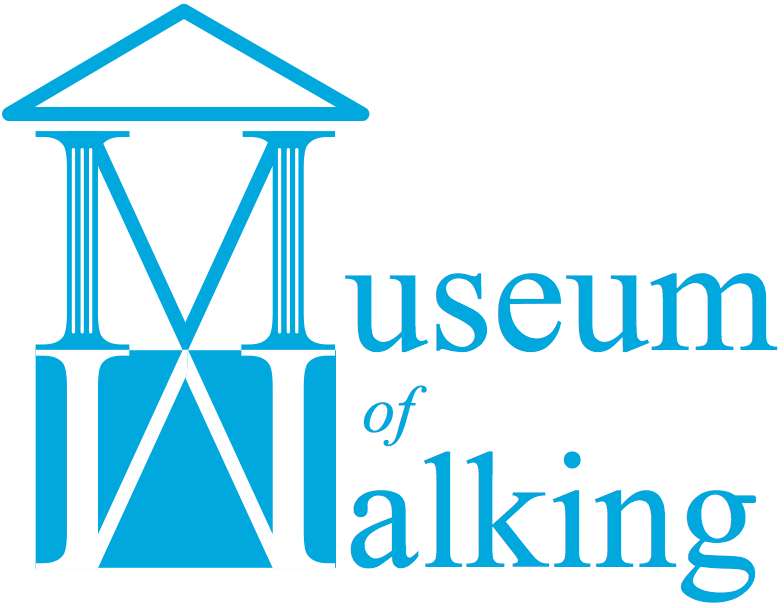Date/Time
Date(s) - 04/06/2017
3:00 pm - 4:30 pm
Location
White Lodge Mansion,
In celebration of trees and woodland, we are supporting London Tree Week (27 May – 4 June 2017), with the help of the Mayor of London.
 Smell & Touch Safari – Lea Valley 3.00pm-4.30pm Sunday 4 June Start: Meet at the cafe within the park, White Lodge Mansion, Springfield Park E5 9EF
Smell & Touch Safari – Lea Valley 3.00pm-4.30pm Sunday 4 June Start: Meet at the cafe within the park, White Lodge Mansion, Springfield Park E5 9EF
Participants will explore areas of urban nature and green spaces through their senses of smell and touch.
We may not have the expertise of cats or dogs in tracking down prey or making us aware of hungry predators, but our noses are on ‘alert’ all the time. On this delightful walkshop you can learn how to discern and capture the scents and smells (fragrant and noxious odours too), at the same time as discovering secret haunts and the little known history of smell. Brush your hands across a lavender bush, or squeeze a leaf of eucalyptus and yet more smells are broken free.
This is a practical hands on walkshop in which you can discover how to tell the age and health of a tree through only using your nose and fingers! Trees offer so much in terms of touch. We will encourage participants to trace leaves, rub trunks, and stroke branches – not the thorny ones however!
“Smells form part of our knowing, but are elusive, disappearing before they can be fixed in place.”
Kate McLean, a researcher at the Royal College of Art into Urban Smellscapes, who has mapped smells in Edinburgh and New York, as well as Singapore.
 Numbers are limited, so booking is essential. Children 12+ only and must be accompanied – please indicate the number of children when booking. The route will include walking over uneven surfaces and rough ground, please come prepared. https://ltw17_smell_touch_lea_valley.eventbrite.co.uk
Numbers are limited, so booking is essential. Children 12+ only and must be accompanied – please indicate the number of children when booking. The route will include walking over uneven surfaces and rough ground, please come prepared. https://ltw17_smell_touch_lea_valley.eventbrite.co.uk
This free walkshop has been made possible through the support of the Mayor of London.
Check out other walkshops we are producing for London Tree Week.
We at the Museum of Walking are not “tree huggers” but we do love trees, for we feel that they contribute more to our urban neighbourhoods than they detract. Urban trees are a hardy bunch, able to absorb not only natural hazards, but also man-made pollutants, restoring the quality of air we breathe, and providing habitat for many species of wildlife. Many trees have witnessed significant changes to their surroundings, so as our cities expand, some trees are threatened by development, others are planted to create new vistas, shade and shelter.
Walking in Step with:

